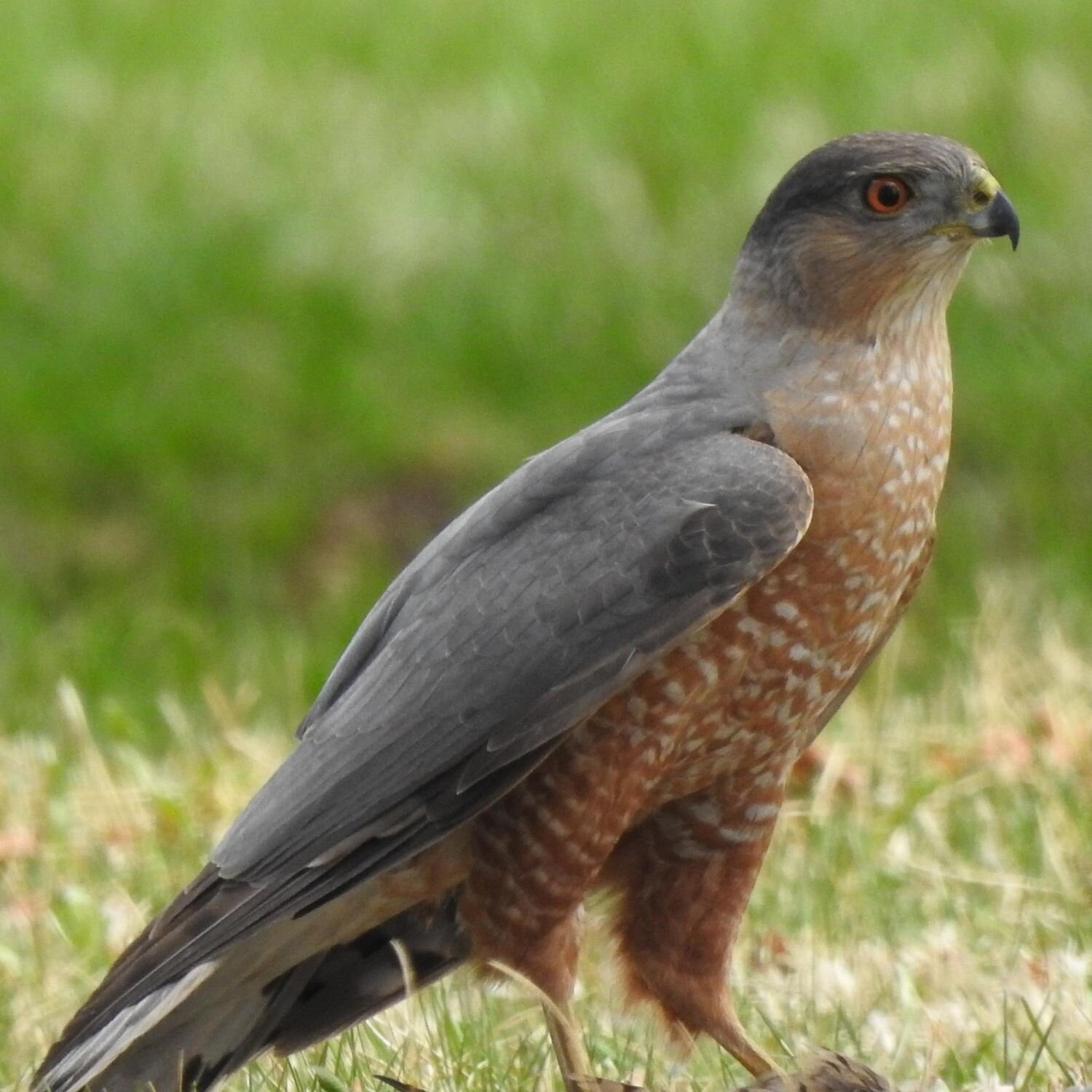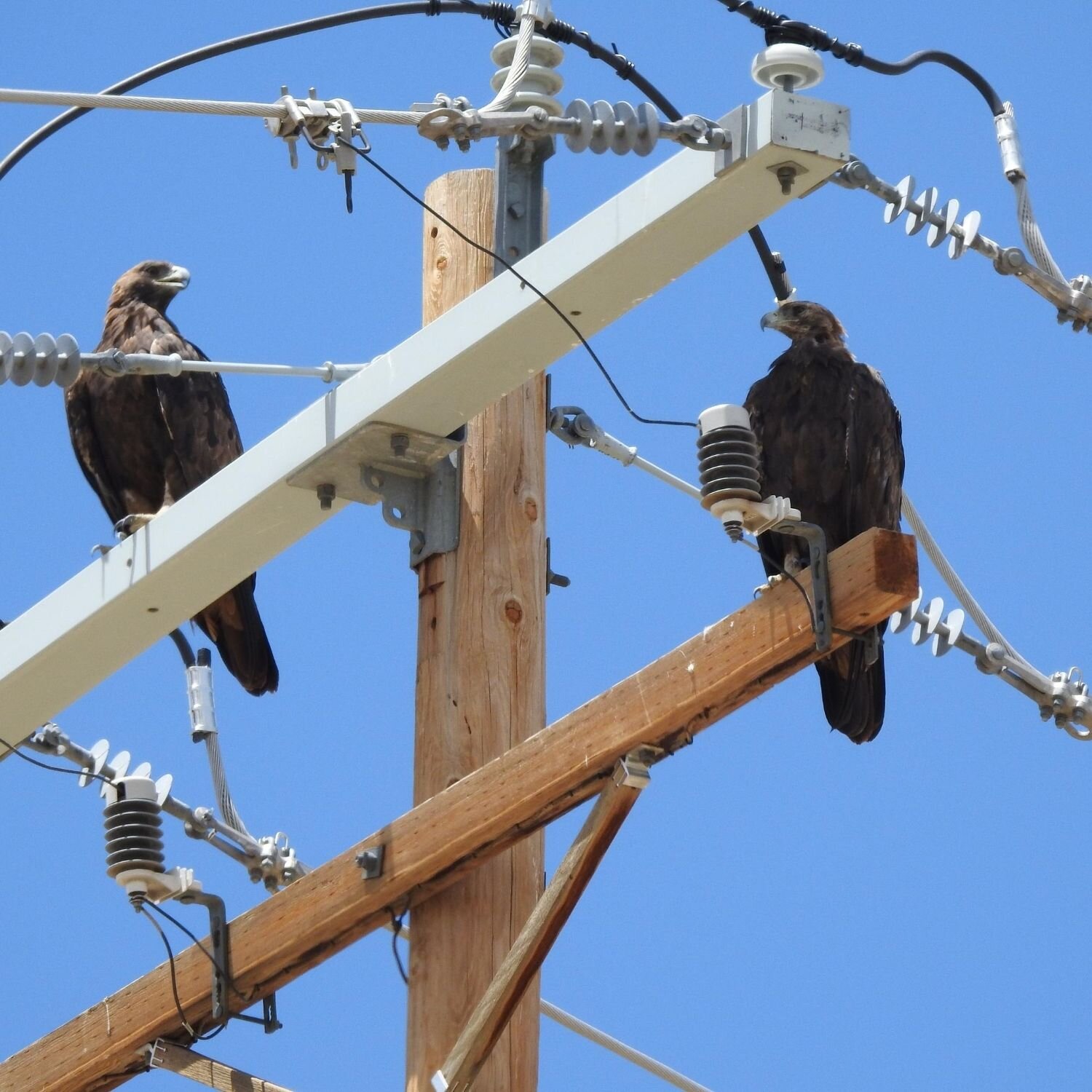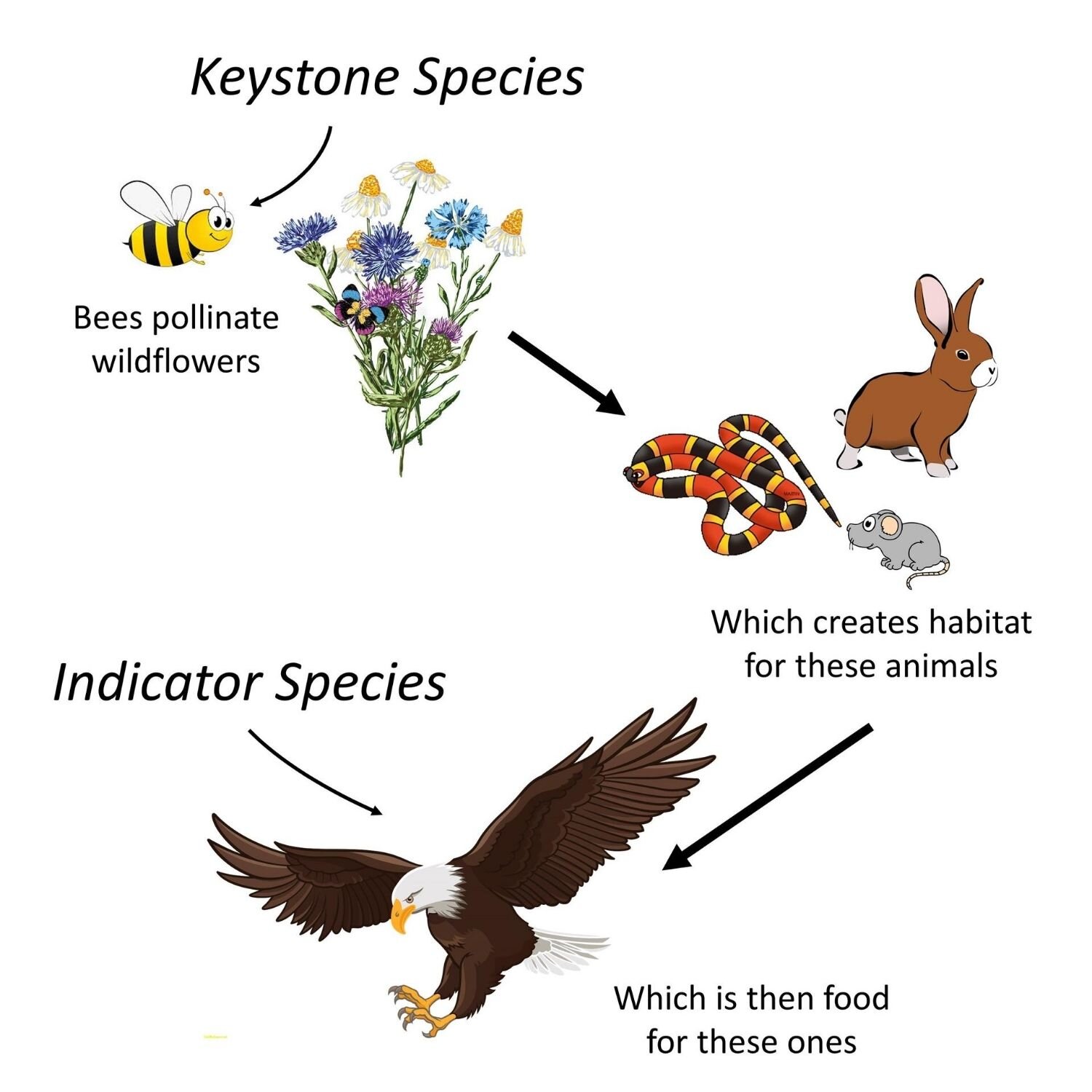Predators of the Sky: Raptors of North America
Raptors: you see them soaring high in the air riding thermal winds, or perched atop a tree waiting for their next tasty treat. We’re not talking about those prehistoric meat-eaters that roamed with T-rex. Nope, we’re referring to the great birds of prey!
Raptors range from a four-ounce American kestrel (it’s the cutest and prettiest bird you’ll ever see) to a 10-pound golden eagle. No matter their size, all raptors are absolutely vital to a healthy environment.
PC: Sarah Lamagna
What’s a Raptor?
There are several groups of raptors, including:
Accipiters known for their short, rounded wings and long tails
Buteos known for their soaring and broad wings
Eagles known for their large hooked bills (aka beaks), keen sight, and powerful flight
Falcons known for their streamlined bodies and pointed wings to fly fast
Ospreys known for their long-winged, slender bodies and a low hunting flight
Owls known for being owls (wink wink)
Vultures known for their bare necks and for eating dead things
PC: Melissa Belmar. An adult sharp-shinned hawk, also known as a “sharpie”
No one officially agrees on whether certain groups like owls and vultures are actually raptors. But, let's include them as raptors for the sake of this post because they’re both really interesting.
Raptors of North America
Heads up - this isn’t an exhaustive list of North American raptors, but it will give you enough knowledge to impress your kids and friends on your next hike.
Accipiters
Sharp-shinned hawk: Known as “sharpies” in the bird world, they look exactly like a Cooper’s hawk only smaller. Sharpies usually are bluish gray with barred white-and-orange plumage (feathers) underneath. Roughly the size of blue jays, they have rounded heads, straight tail feathers, and very skinny “shins” - hence the name.
Cooper’s hawk: Like we said above, they have the same coloring as sharp-shinned hawks, but these raptors are more the size of a crow, with a flat head and rounded tail feathers.
Buteos
Red-tailed hawk: This is the most common hawk found in almost every habitat. Although the adult raptors have red tails (hence the name), juvenile red-tailed hawks have brown tails so you cannot distinguish them just by that feature. The best way to identify red-tailed hawks is to look for a “dash” along their front and a “comma” along their outer sides as they soar above you. They also have dark bellies against their white feathers.
PC: Melissa Belmar Golden eagles perched up high for a view of their favorite snacks.
Eagles
Bald eagle: This majestic bird has a brown body and white tail/head. These raptors eat mostly fish, so you will find them near bodies of water.
Golden eagle: These beautiful raptors nest on cliffs. They eat mainly mammals, like squirrels and rabbits, so they usually don’t live in the same area as bald eagles. Golden eagles get their name thanks to their golden feathers along their neck.
Falcons
Peregrine falcon: These raptors own the title of the fastest animal world! Their large malars (the things that look like sideburns) make them look like they wear a helmet. Peregrine falcons nest up high on large cliffs.
American kestrel: Weighing in at four ounces and only nine inches tall, these are the smallest North American raptors. Males have colorful bluish feathers and as well as bright reddish-orange plumage underneath. They commonly live in pastures where they hover over their prey with fast wing beats - kind of like a helicopter.
Ospreys
Ospreys only eat fish, so like bald eagles, you will find them near bodies of water. Usually these raptors nest in solitary trees in open marshland. Osprey’s hunt by swooping in feet-first to grab fish out of water.
PC: Melissa Belmar An American kestrel - the smallest North American raptor
Owls
Great horned owl: These are the most common owls seen by humans. They have distinct “horns” (ear tufts) on their heads and yellow eyes.
Barn owl: One of the most beautiful raptors you’ll ever see, barn owls have a white heart-shaped face with deep, dark eyes. They nest in abandoned barns and buildings, hence their name.
Vultures
Turkey vulture: Oftentimes found soaring in groups around something dead below, these vultures only eat dead things. They have bare, red heads so as to not get gross stuff in their feathers while eating their dinner. Turkey vultures have distinctive two-toned wings (black and white) when seen from underneath.
For the more information on raptors, check out the Sibley Guide to Birds. It is known among birders, scientists, and researchers as the “bird bible” and gives incredible information no matter where in North America you live. You can also view identification fact sheets from Hawkwatch International.
Fun Facts About Raptors
PC: Melissa Belmar Barn owls are found on every continent except Antarctica.
Every animal has its unique features, but raptors are especially interesting. Here’s a few fun things to teach your families about raptors when you’re out on your next adventure.
Barn owls and peregrine falcons live on every continent except Antarctica.
Peregrine falcons are the fastest animal in the world, clocking in at 242 mph!
Red-tailed hawks live in every US state and almost all habitats.
Great horned owls never make their own nests. They lay their eggs too early in the year, so they steal others’ nests.
Before bringing prey to its mate or young, a male sharp-shinned hawk will tear off the head and eat it. Yum!
If you think you’ve heard the “scream” of a bald eagle in a movie, you actually have heard a red-tailed hawk. Bald eagles make more of a whistle sound.
Barn owls swallow their prey whole.
PC: Sarah Lamagna Bald eagles nest near water for easy access to their favorite food.
Raptors Are Crucial for Our Environment
Scientists consider raptors an indicator species. If we see a decline in raptor activity, it means something is wrong with the environment in which they live. Unlike keystone species (species that, if removed from an area, would dramatically alter the way it looks and functions), indicator species give out an alarm to the rest of the world letting us know something has gone wrong. To give a better understanding of the two terms, see the visual below.
Take Action: Helping Raptors
Now that you’ve gained a new appreciation for raptors, what can you do besides admire them from below? Here are some action steps appropriate for you and your family.
Create a friendly environment for raptors. This could include making sure you have habitat for rodents and other animals in which raptors eat. Many raptor species depend on the “edge effect” where forests meet pasture/open land.
Do not use poison to kill rodents. If you have a rodent problem around your home, please use humane, live traps. Owls and other raptors have died because they eat poisoned prey.
Pick up (or make) some binoculars and get to know the raptors in your area. The more you learn about them, the more you’ll fall in love with them.
Become a bird docent and learn how to handle the raptor ambassadors at HawkWatch International. Fill out their form to learn more.
Participate in a HawkWatch. These are places where common raptor migration occurs and you can learn from migration experts. Check out local HawkWatch sites.
Finally, participate in public studies. HawkWatch International and Citizen Science are great resources for this. Below you will find links to some studies that involve North American raptors.








